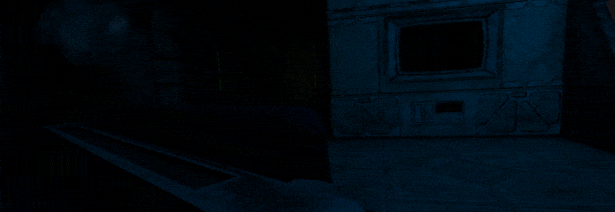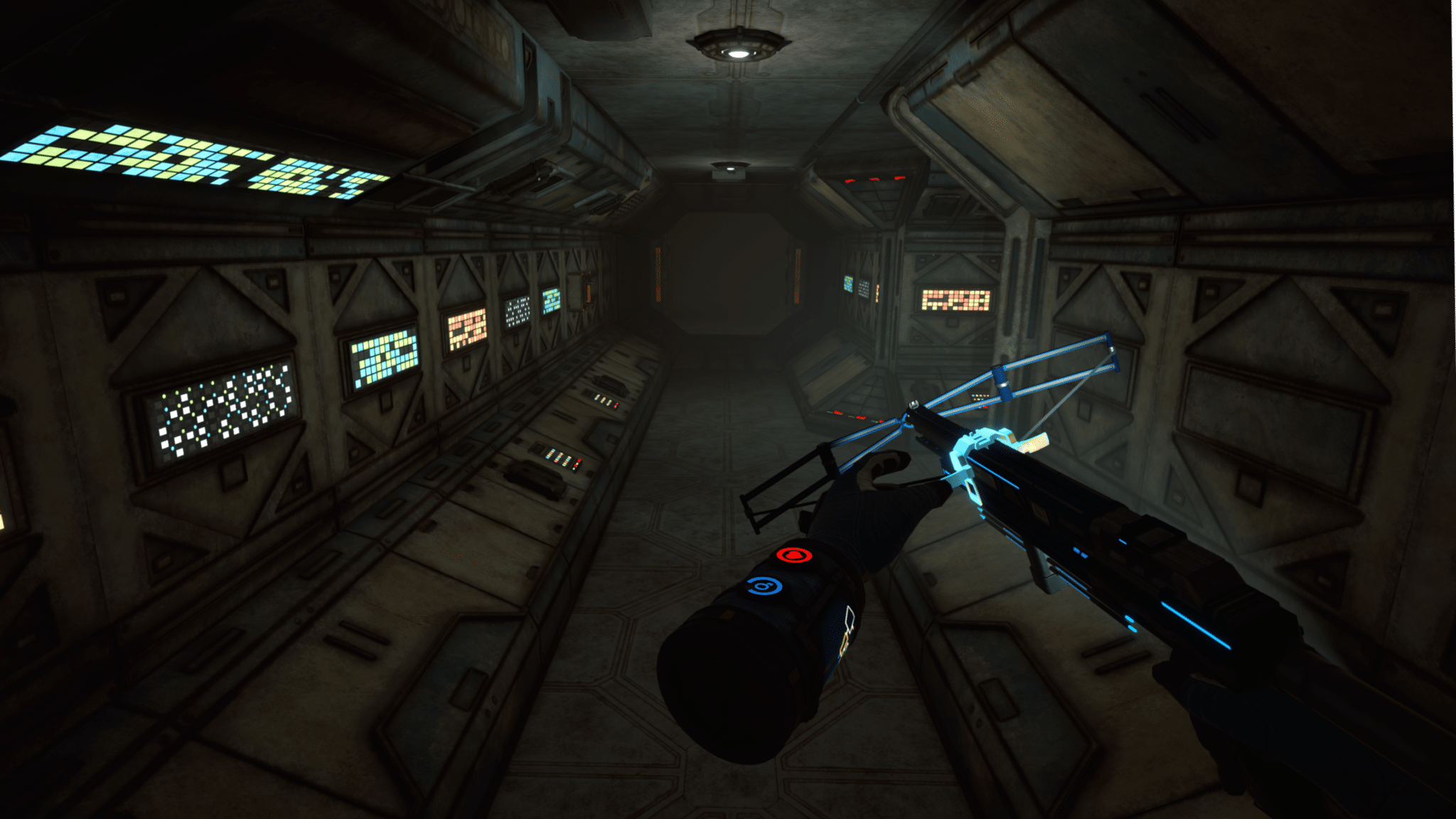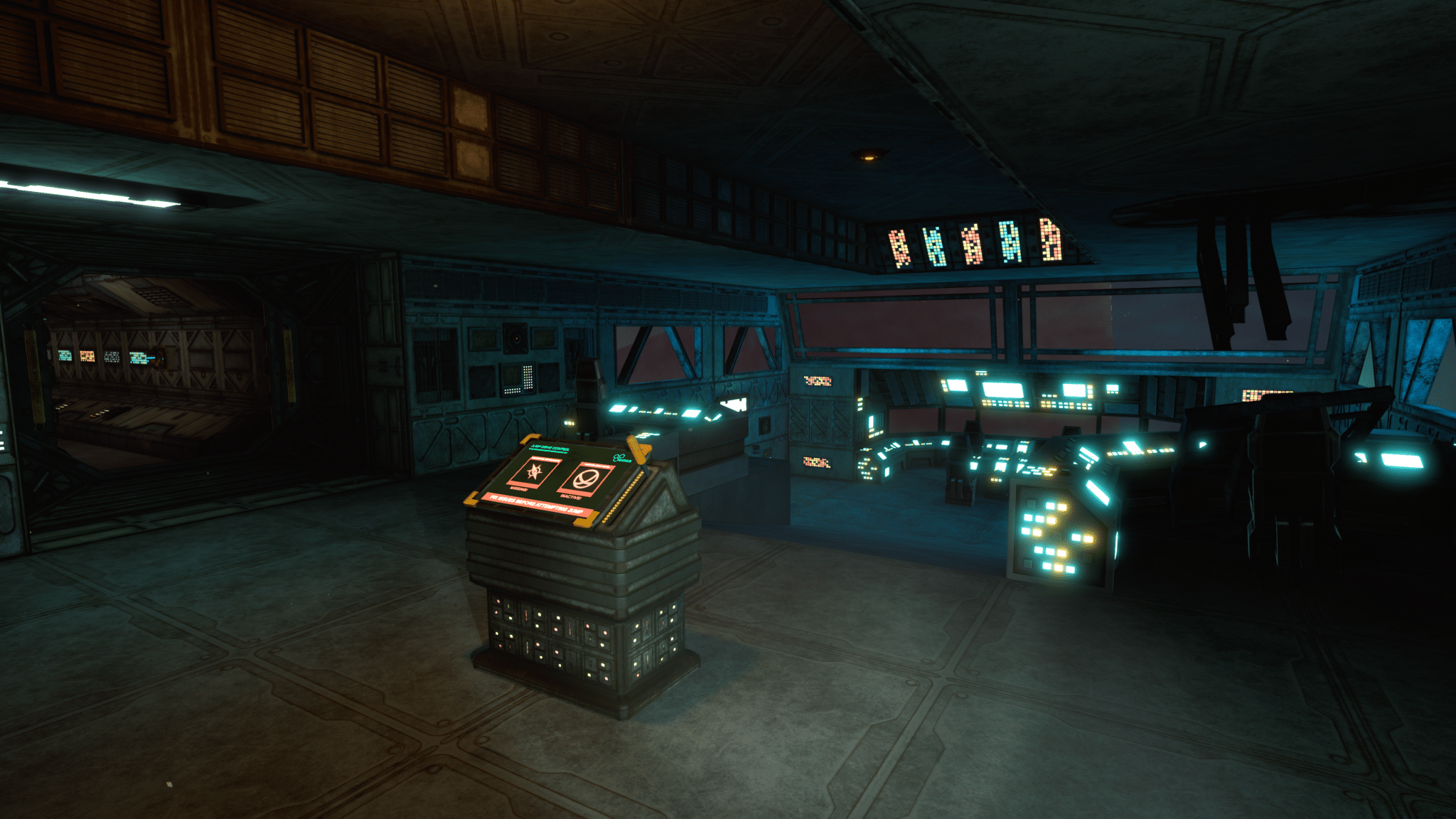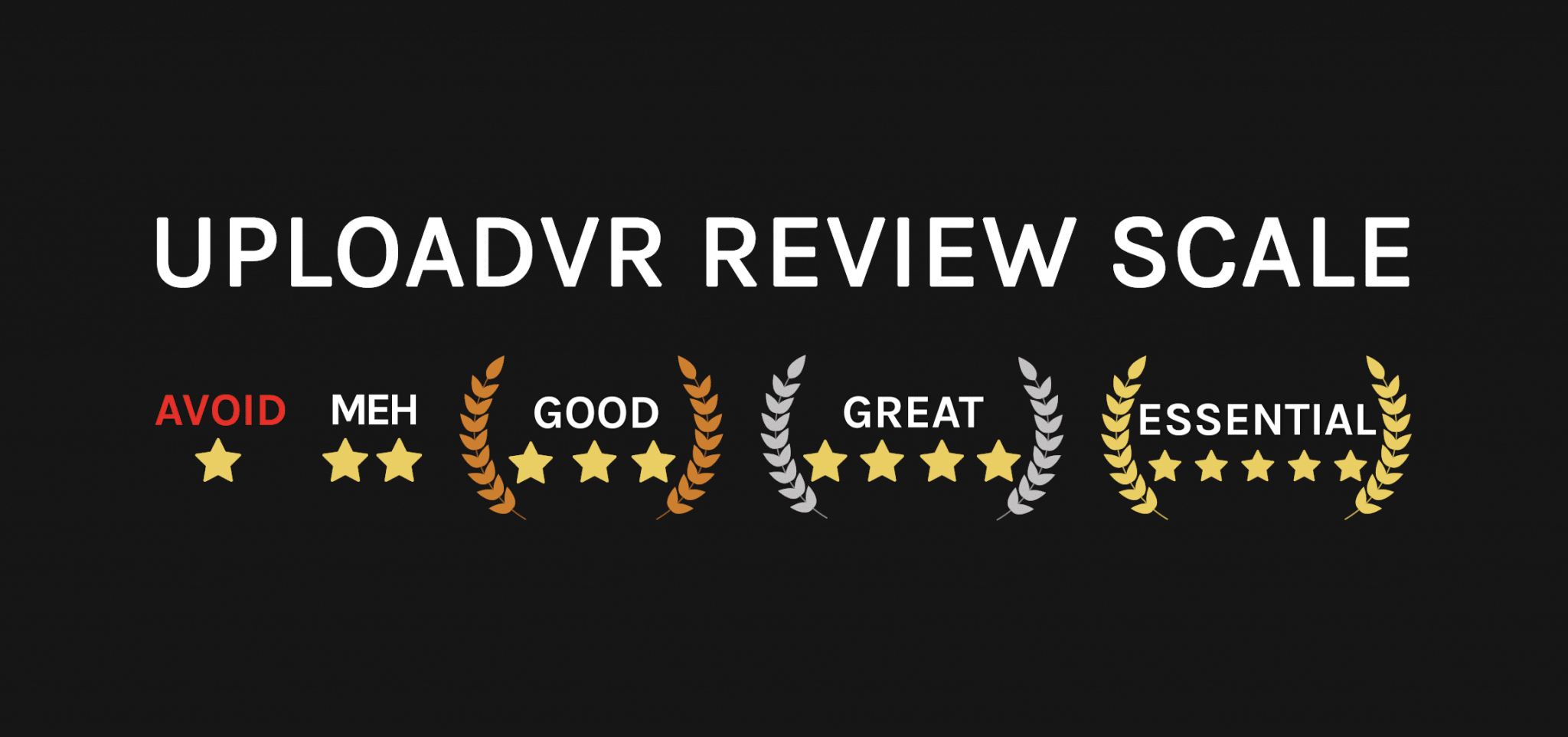Cosmodread (formerly known as Cosmophobia) is the latest game from Dreadhalls creator White Door Games. If you’re curious about whether or not this VR horror roguelike lives up to its potential, we’ve got you covered with our full Cosmodread review included down below.
White Door Games is a very small indie development studio with only seven people listed in the “credits” section of the Cosmodread site. It was founded by Sergio Hidalgo, who does all of the design and programming himself.
[vc_row][vc_column][vc_cta h2=””]Cosmodread Review – The Facts
What is it?: VR survival horror roguelike about escaping a dying spaceship
Platforms: Quest, Rift Store, Steam, and Viveport
Release Date: March 25th, 2021
Price: $14.99 [/vc_cta][/vc_column][/vc_row][vc_row][vc_column][vc_column_text]
Following in the footsteps of its predecessor, Cosmodread is essentially a game about the fear of the unknown. You’ll spend tons of time creeping around corners, poking your head out to see what lies beyond the next hallway, and slowly opening doors in fear of what’s on the other side. The vast majority of my time with this game was spent entirely shrouded in darkness, both literally and figuratively, and it’s the type of suffocating terror that often feels overwhelming.
You see, in Cosmodread, it’s pretty much always pitch black. You’ve got a little wrist-bound flashlight on your right hand, but other than that and the limited hall lighting, it’s very, very dark in this game.
The premise here is similar in concept to The Persistence in that you’re stranded aboard a decrepit spaceship that remixes its layout every time you respawn and you’re tasked with slowly exploring it all in an effort to escape. In practice though, Cosmodread is much more about slow, methodical stealth in an effort to avoid all of the various horrific creatures.

The lore is dolled out gradually over time by picking up audio logs, as is standard with these types of games by this point, and you’ll also collect blueprints for items as you explore. The structure is a bit like a Metroidvania in that you need to locate the appropriate keycard to unlock new sections of the ship, but the locations of items, doors, and ship regions are all procedurally placed so no two playthroughs are ever identical.
One mechanic I really appreciated is that you’ll find batteries in wall panels that are used to power rooms. This might just include lights and illuminated wall panels that light up an area, or it might include actual machines and levers that can be used. Each battery has a limited number of charges so you’ll need to stick them in your inventory and conserve them for the right moment. Monitoring your oxygen levels is key to survival as well, since you can die if you’re not careful.
[vc_row][vc_column][vc_cta h2=””]Cosmodread Review – Comfort Settings
Cosmodread features the typical assortment of comfort options, ranging from teleport and “dash” movement to smooth, analog stick locomotion, You can tweak the speed of rotations, or switch to snap turning instead. I played with all options set to smooth and my turn speed maxed out, but personally chose to just physically turn my body since I was on Quest. There enough options here that I would imagine most people could find a workaround that is comfortable enough to play the game.[/vc_cta][/vc_column][/vc_row][vc_row][vc_column][vc_column_text]

I spent around 10-hours with Cosmodread and, truth be told, still haven’t seen everything it has to offer. It’s one of those types of games that you can honestly play over and over and still feel like you’re getting something a bit new and unique each time. To its credit, this is exactly what fans of this genre love—however, it absolutely does get stale after a while. Cosmodread is definitely a game for fans of roguelikes first and foremost – don’t expect a campaign-like structure.
There is of course combat in Cosmodread, but it’s far from the focus. Stealth is absolutely the preferred method most of the time here if for no reason other than your options for fighting back are painfully limited for most of the time you’ll spend aboard this dying spacecraft. That, and the enemies are absolutely relentless and deadly. Setting a trap from a distance and luring them to death is usually more effective than facing them head on.
Since White Door Games is such a small indie studio, Cosmodread predictably reuses assets liberally. Virtually every hallways looks the same, the random junk items laying out on tables like canned food containers and empty boxes are copy-pasted across the whole ship, and, on Quest, all the textures have a sort of ‘muddy’ surface layer that lacks definition. You can get lost easily in Cosmodread not just because the layout changes every time you respawn, but because every room basically looks the same.

That wouldn’t be a huge issue if the quality of the visuals was higher, but as it stands it feels a bit undercooked. It’s a few steps up from Dreadhalls, for sure, but other things I’ve seen in VR recently—even on Quest natively—are leagues beyond Cosmodread. Especially when you consider how dark the game is, you’d have hoped that would have freed up resources to render higher detail environments.
Thankfully the sound design elevates things considerably. Each enemy makes unique and distinguishable sounds and you’ll often hear them on the other side of a wall or even sometimes coming from the vents above. The disgusting, tentacle-like growth that spreads throughout the ship makes a wet and pulsating sound as it extends, letting you almost feel the tendrils that coil around your feet and stretch up the walls.
Honestly, it’s some of the most effective 3D audio I’ve ever heard in a VR game and is a great reminder of just how important and impactful great sound design is for immersion.
Once you advance far enough into the ship, when you die, you’ll unlock different modifiers that can be used to alter your next run. For example, you could opt to start out with zero weapons (not even the basic crossbow) or choose to double your inventory space in exchange for lopping off a chunk of your health bar. There are tons of modifiers like this to help spice things up and keep it interesting beyond just a new map layout each time.
Cosmodread Review – Final Verdict
Cosmodread is a worthy successor to the cult-classic grandfather of VR horror games, Dreadhalls. Although it doesn’t do a whole lot to push the genre forward in many meaningful ways, it absolutely nails the suffocating terror, incredibly immersive atmosphere, and unnerving tension that makes VR horror so powerful. Visually it leaves a bit to be desired and can get repetitive due to its roguelike design, but it’s still a supremely effective and harrowing experience that all fans of spooky space adventures should absolutely check out.


For more on how we arrived at this score, read our review guidelines. This review was conducted using a digital pre-release version of the game on a Quest 2 headset.

Cosmodread is available starting today for $15 on Steam for PC VR, the Oculus Rift store, Viveport, and the Oculus Quest store.
For more on Cosmodread, check out the game’s official website.


























